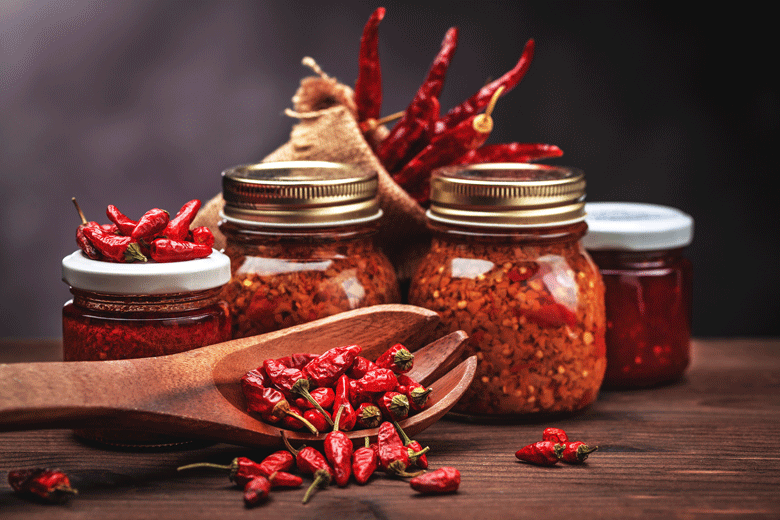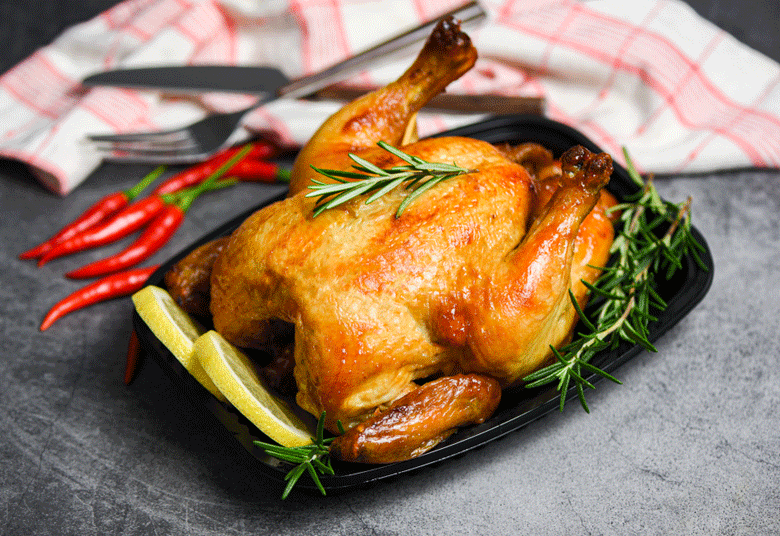
Categories of main courses
How not to run out of Chillies

Keeping the spice larder stocked
Imagine you have decided to make your favourite spicy dish, and discover, much too late, you don't have any Chillies. Now you are stumped. Nothing can replace that unique taste that only Chiilies can provide, so you will have to say goodbye to your idea. Running out of Chillies is a big No, No!
To ensure this doesn't happen to you in real life, consider the following ideas to ensure that you have Chillies available when you need them.
Freezing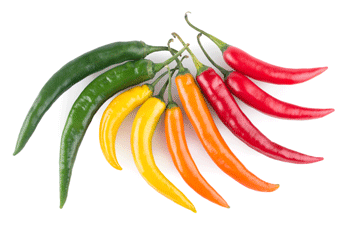
Chillies freeze well, but to use them after they have been frozen, you need to know a trick. Rather than defrosting your Chillies when they come out of the freezer, use them as they are – still frozen. If you defrost them, you stand the chance that they will become mushy. When still frozen, they can use them whole or chopped up in your cooking.
Drying
Drying Chillies is a good way to always have a supply. They can be rehydrated in warm water or used as Chilli flakes or powder when ground in a spice mill. Alternatively, they can be kept whole and then grated over food when it is being prepared. This is a great way to preserve any surplus from your harvest of homegrown Chillies. To learn how dry Chillies follow this link
Chilli pastes and oils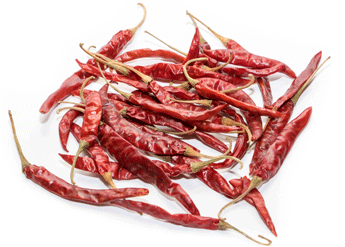
Easy to make Chilli pastes and oil add fantastic spiciness to dishes.
Hot sauces
Make hot sauces to add flavour to spicy casseroles and stews like Feijoada and Chili
Canning
Canning Chillies with either Vinegar or fermentation means you not only have a supply of preserved Chillies, but also Chilli infused Vinegar as well
Growing you own
This is probably the best of all. Having your own homegrown Chillies means you simply pick your Chillies (in summer at least) when you need them.
All these ways of ensuring that you always have Chillies are easy to do. If you follow at least two of these ideas, you will always be able to tide yourself over until you are able to restock
Can't be without Chillies!

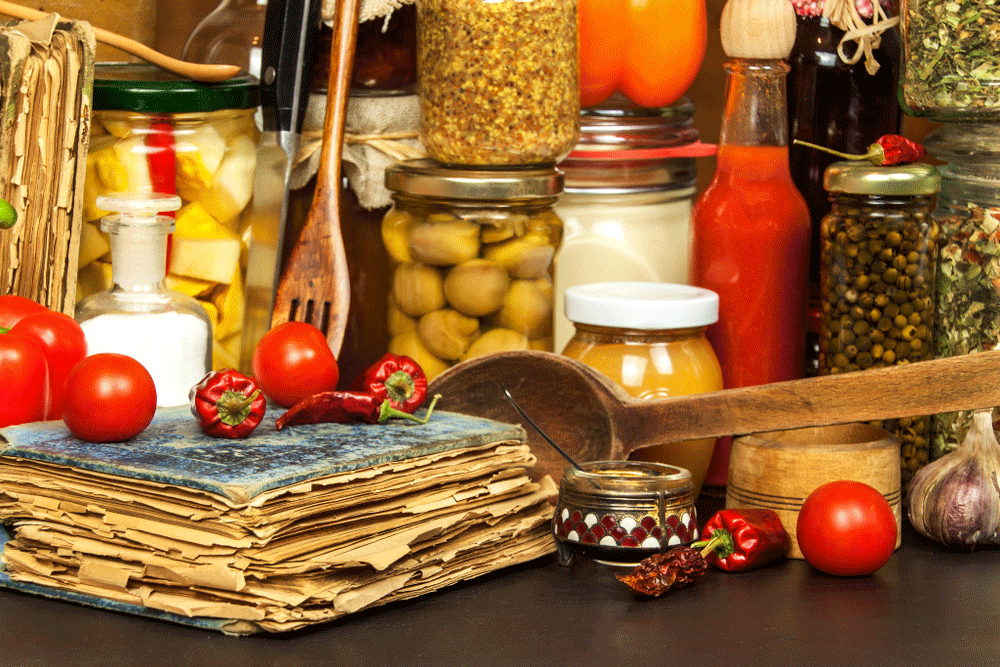
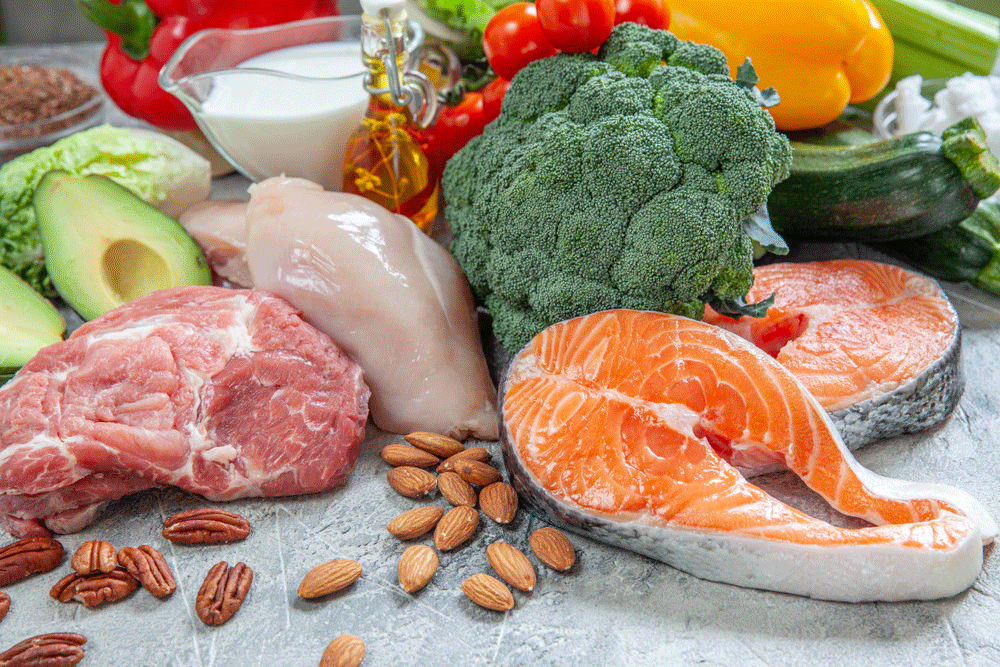




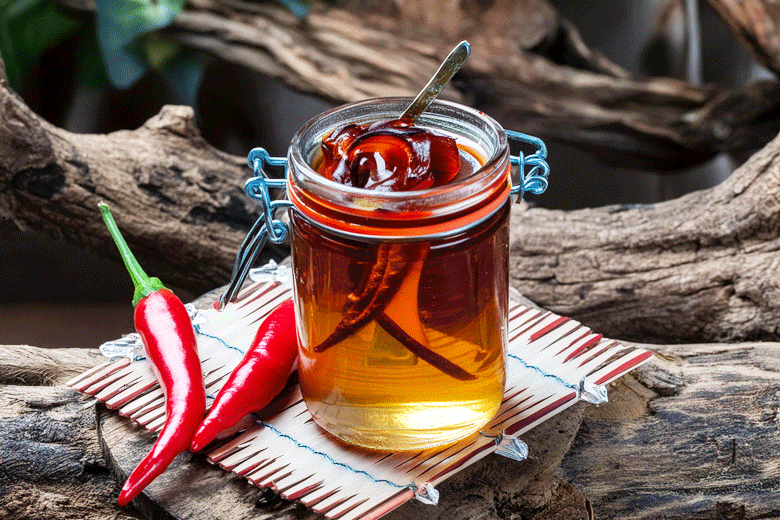 Sweet heat
Sweet heat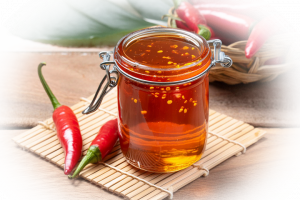 you’re a daring foodie on the hunt for your next flavour obsession or a curious home cook looking to add a little excitement to your meals,
you’re a daring foodie on the hunt for your next flavour obsession or a curious home cook looking to add a little excitement to your meals,


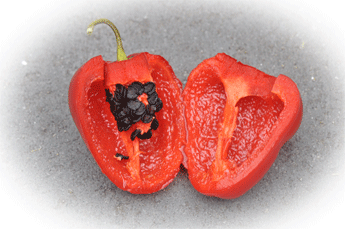 first opportunity will be potted on for the last time,
first opportunity will be potted on for the last time, 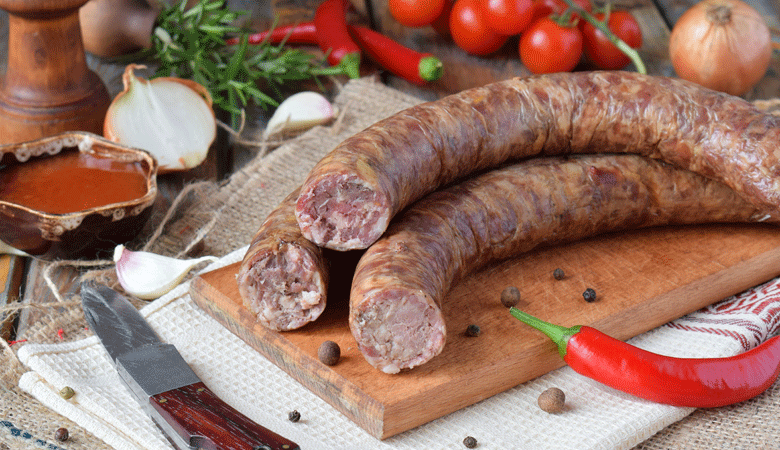

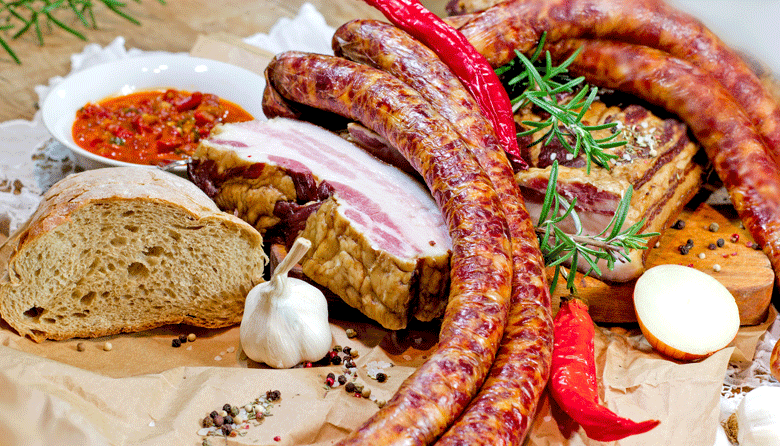
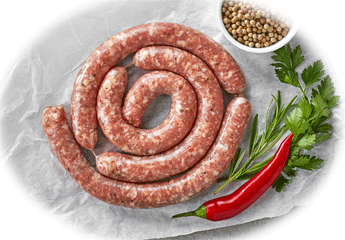
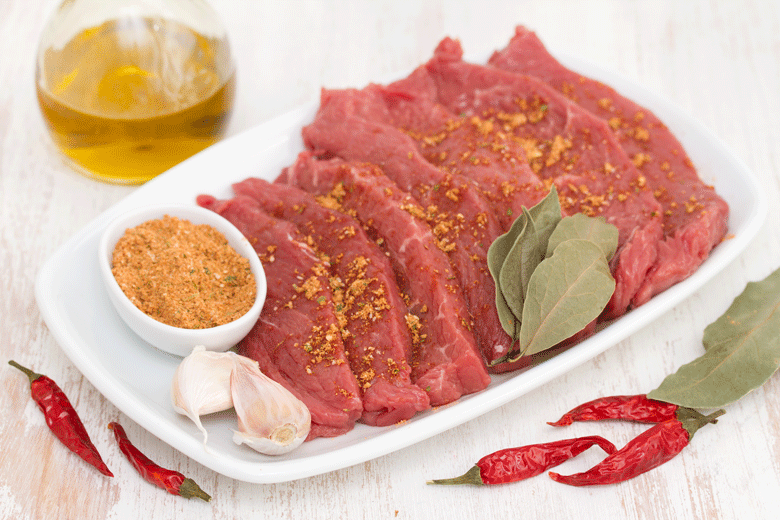
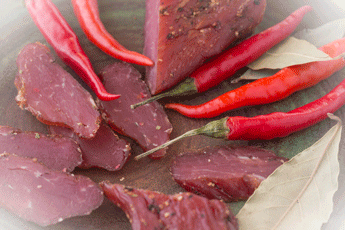 dry environment with good air circulation ( even a light breeze if possible). Unless you live somewhere that meets those conditions, I have no doubt that a
dry environment with good air circulation ( even a light breeze if possible). Unless you live somewhere that meets those conditions, I have no doubt that a




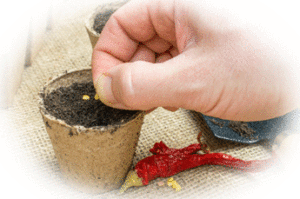

 will not be able to be stored
will not be able to be stored